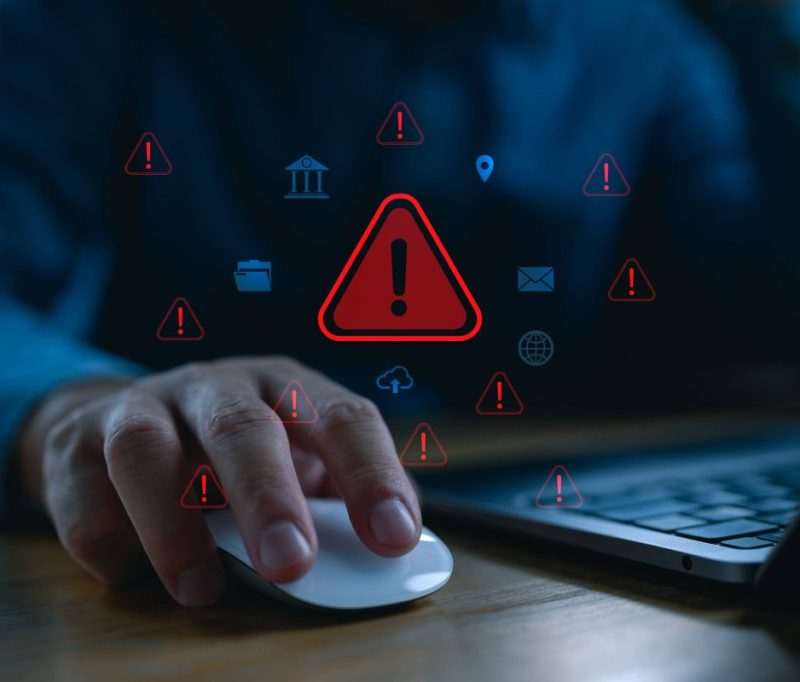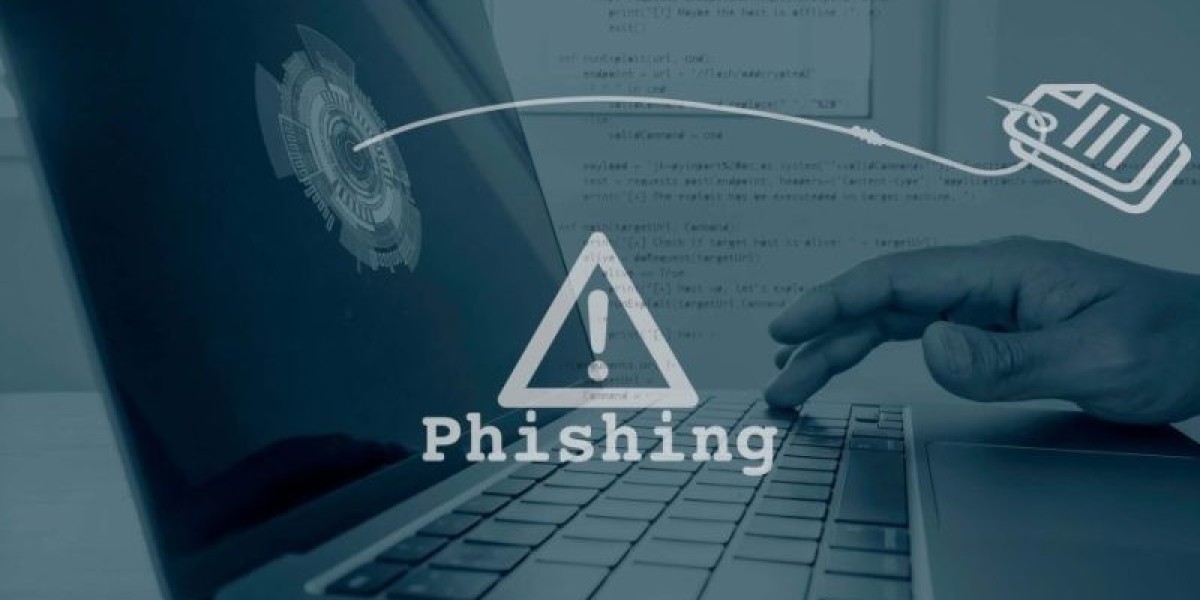As businesses continue their rapid transformation into digital-first operations, the threat landscape has expanded in ways many do not fully comprehend. While most organisations focus on perimeter security—firewalls, antivirus software, and access management systems—there is a vast hidden realm of the internet where stolen data is traded without notice. This is the dark web.
Dark web monitoring offers companies a proactive way to discover if their sensitive data is being exposed or sold. By scanning this hidden layer of the internet, businesses can act before leaked data is exploited, reducing damage and maintaining trust. It’s no longer a luxury—it's a necessity.
What Is Dark Web Monitoring?
Dark web monitoring is a cybersecurity service that continuously scans known dark web marketplaces, forums, and data dumps for any trace of your organisation’s sensitive data. This could include employee email addresses, login credentials, intellectual property, client databases, or private contracts.
What makes this different from regular monitoring is that it goes beyond your network. It checks the untraceable back alleys of the internet—areas where traditional firewalls and antivirus systems have no reach. When implemented effectively, dark web monitoring provides early warnings about data breaches, allowing businesses to act before bad actors exploit the information.
 Types of Information at Risk
Types of Information at Risk
Your organisation holds more sensitive information than you may realise. The following are common types of data that often surface on the dark web:
Company email addresses and passwords
Payment card details and banking information
Intellectual property and confidential plans
Vendor and customer contact databases
API keys and remote access tokens
Internal documents and login session cookies
Once exposed, this data can be repackaged and resold multiple times, leading to long-term security complications.
How Information Ends Up on the Dark Web
Understanding how your data could be leaked is essential to prevention. Here are some common routes:
Phishing attacks – Employees unknowingly hand over login details to impersonators.
Malware infections – Keyloggers or screen recorders capture login sessions.
Unsecured third-party tools – Integrated apps or platforms can be weak links.
Insider leaks – Disgruntled or negligent employees may sell or mishandle data.
Ransomware breaches – Data is encrypted, stolen, and then sold if a ransom isn’t paid.
Each of these methods bypasses even well-maintained IT systems, underscoring the need for dedicated monitoring of data beyond your direct control.
Consequences of Ignoring the Dark Web
When a company’s data appears on the dark web and the issue goes undetected, the consequences can be severe:
Identity fraud – Cybercriminals impersonate company personnel or clients.
Financial theft – Banking or card data is used for fraudulent transactions.
Regulatory fines – GDPR and other regulations impose steep penalties for data leaks.
Client trust erosion – News of breaches damages reputation, especially in finance.
Operational disruption – Fraud investigations and downtime consume resources.
This is particularly damaging for firms reliant on Financial Services IT Support. A single data incident can not only harm operations but also trigger compliance reviews, delayed settlements, or third-party audits.
Why Traditional Security Measures Aren’t Enough
Even robust cybersecurity frameworks often fall short when it comes to spotting what has already been lost. Antivirus software can block known threats. Firewalls can restrict unauthorised access. But neither can tell you if your credentials are already for sale online.
That’s where dark web monitoring services become indispensable. They don’t just protect your systems—they give you visibility into breaches that have already occurred. This intelligence transforms your response from reactive to proactive.
Benefits of Proactive Dark Web Monitoring
When deployed correctly, dark web monitoring delivers a range of security and business advantages:
Early Breach Detection – Identifies exposed credentials before misuse occurs.
Prioritised Risk Response – Helps you act based on the severity of each alert.
Improved Compliance – Maintains data privacy standards and documentation trails.
Incident Mitigation – Allows teams to reset passwords and block access quickly.
Strategic Defence Posture – Enables security planning with real-world threat context.
It’s particularly beneficial to sectors like finance and legal, where discretion, trust, and compliance are essential pillars of service.
How It Integrates with Financial Services IT Support
In industries that handle sensitive data daily, such as financial services, the importance of dark web intelligence becomes even more pronounced. Financial firms need support that not only protects their internal infrastructure but also alerts them when their data has already escaped.
By integrating dark web monitoring with Financial Services IT Support, organisations ensure a holistic strategy. Breach alerts feed directly into risk assessments and system changes. IT teams can preemptively adjust security controls, revoke access tokens, and prevent larger-scale attacks.
The result is a more resilient support system that doesn’t just wait for incidents but works to prevent them entirely.
Key Features to Look for in Dark Web Monitoring Services
Not all monitoring services are created equal. Here are the features that should be non-negotiable:
Automated Threat Scanning – Continuous scans of hidden marketplaces and forums.
Real-Time Alerts – Instant notification if your data appears online.
Data Verification – Elimination of false positives through intelligent filtering.
Custom Alert Settings – Focus only on information relevant to your business.
Integration with IT Support Tools – Seamless coordination with ticketing and security workflows.
Choose a service provider that understands the nuance of your industry and offers tailored recommendations.
Implementing Dark Web Monitoring in Your Organisation
Rolling out dark web monitoring effectively involves several steps:
Assess what to monitor – Focus on email domains, employee credentials, and third-party integrations.
Set up thresholds – Determine which alerts trigger automated actions or escalate to IT support.
Link to response teams – Ensure IT and risk managers have shared access to threat data.
Educate your workforce – Make security training part of your broader cybersecurity culture.
Combined with good password policies and identity management, dark web monitoring helps ensure you’re protected from angles you can’t see.

Building a Layered Security Strategy
Dark web monitoring should be seen as part of a layered security model. Alone, it cannot stop threats—but it provides vital intelligence. Combine it with:
Endpoint protection on all devices
Multi-factor authentication
Encryption of stored and transmitted data
Role-based access controls
Routine security audits
This approach enhances security maturity and builds an organisation that’s resistant to both internal and external threats.
Conclusion – Visibility Leads to Control
The dark web will always exist, serving as a marketplace for stolen data. But that doesn’t mean businesses must remain blind to what’s happening there. With dark web monitoring, you gain a powerful lens into what would otherwise remain hidden. It’s not about fear—it’s about foresight.
For organisations looking to reinforce their IT defences—especially those in data-sensitive industries—Renaissance Computer Services Limited offers integrated dark web monitoring solutions as part of our wider commitment to cyber resilience and proactive defence. Our services empower businesses to operate securely, confidently, and with full visibility of emerging threats.














